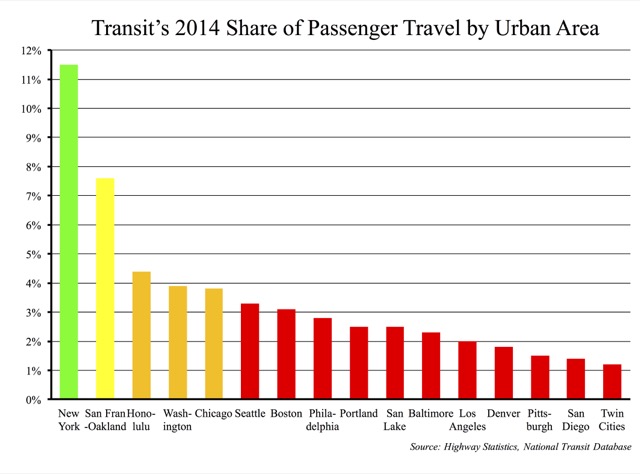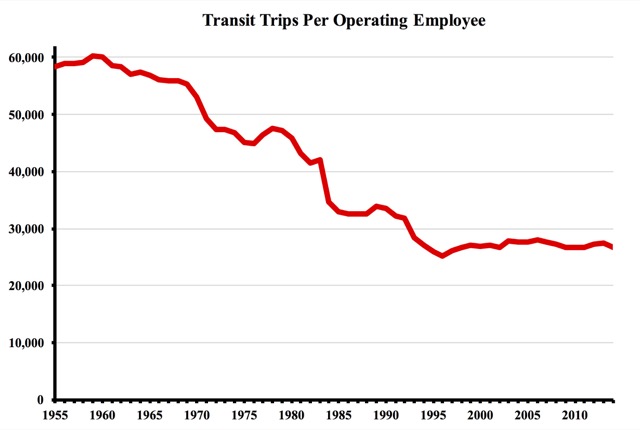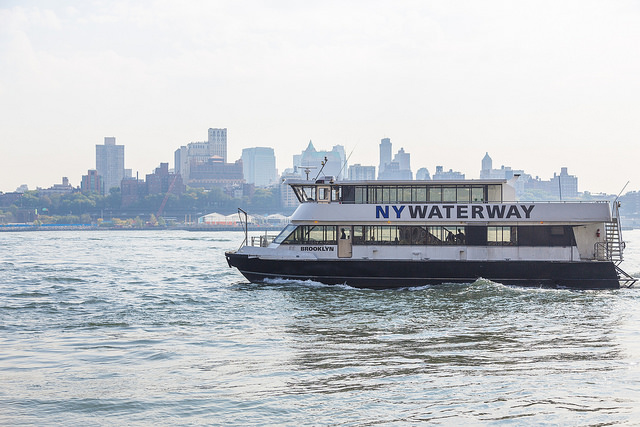“By 2030,” says a new report from a group that calls itself RethinkX, “95% of U.S. passenger miles traveled will be served by on-demand autonomous electric vehicles owned by fleets, not individuals.” The Antiplanner is more optimistic about the rapid growth of self-driving cars than most, but RethinkX’s prediction is more dramatic than anything the Antiplanner has said.
As recognized in this more moderate report from UC Davis, RethinkX’s statement is really three predictions in one: first, about self-driving cars; second, about what powers those cars; and third, about who owns those cars. I think 95 percent by 2030 is optimistic for any one of these predictions, much less all of them.
First, the decision about what powers cars is completely, 100 percent independent of the decision about whether humans or computers drive cars. So long as the United States gets most of its electricity from fossil fuels, even natural gas, the environmental benefits from converting to electric cars is negligible, especially since we can make gasoline-powered cars more fuel-efficient. Continue reading










